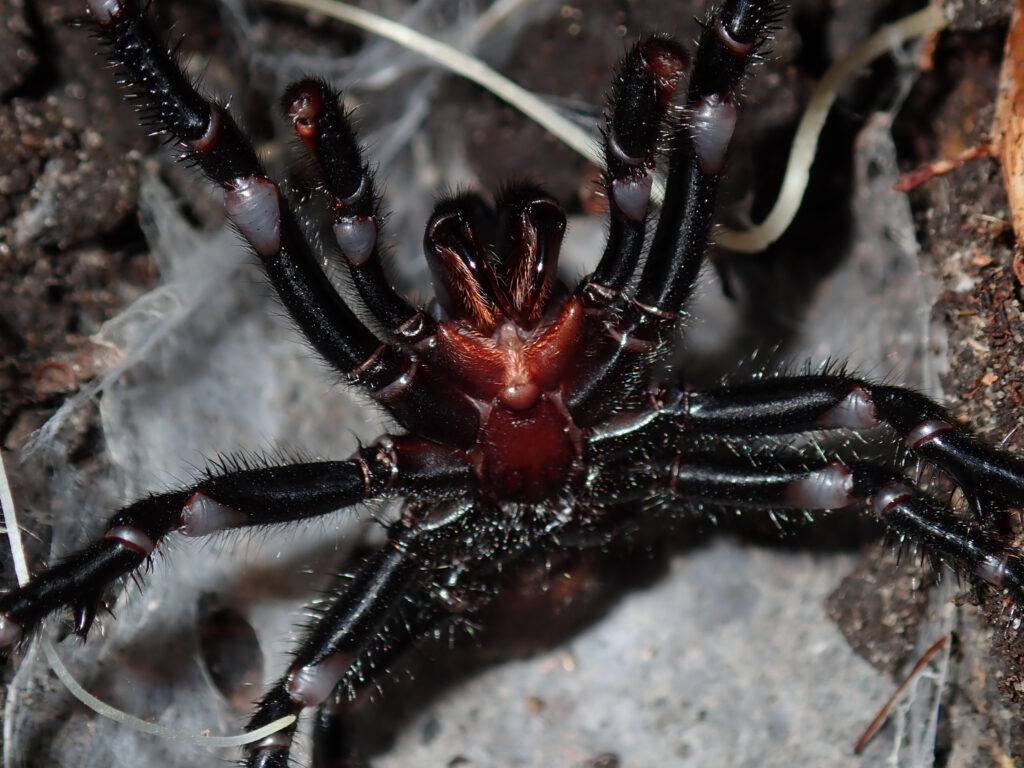Spiders are among nature’s most fascinating yet feared creatures. From their intricate web-weaving abilities to their predatory hunting techniques, these arachnids have captivated and terrified humans throughout history. While most spider species are harmless to humans, a select few possess venom potent enough to cause serious injury or death. This article explores some of the most severe and well-documented cases of deadly spider bites in human history, examining both the medical consequences and the biological mechanisms behind these rare but frightening encounters. By understanding these cases, we can better appreciate the importance of proper identification, prevention, and treatment of venomous spider bites worldwide.
The Sydney Funnel-Web Spider’s Deadly Legacy
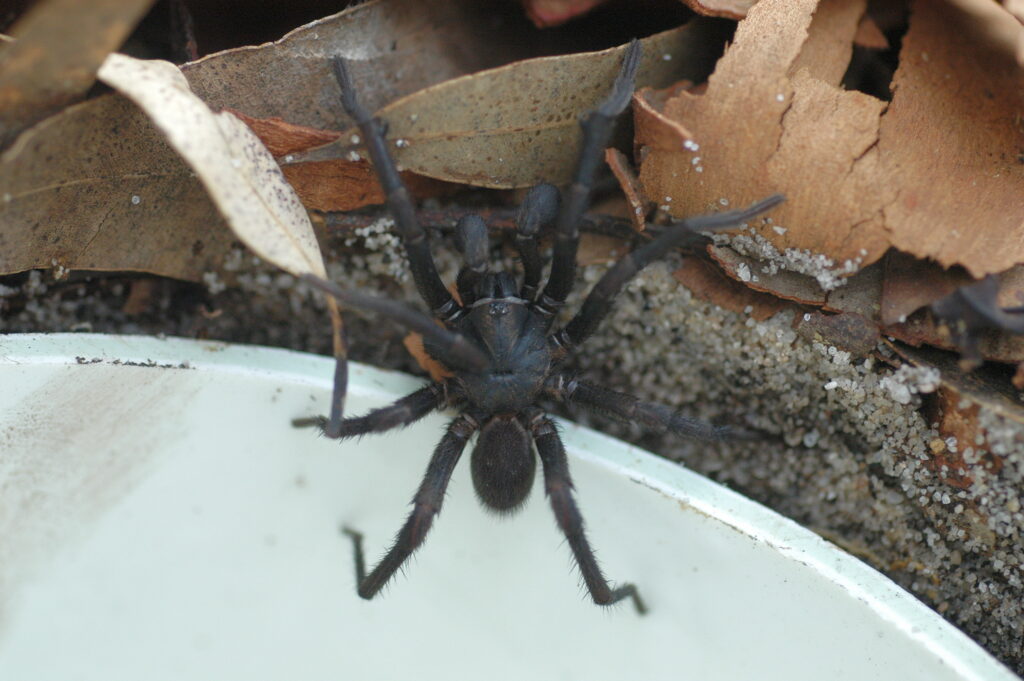
Australia’s Sydney funnel-web spider (Atrax robustus) holds the distinction of being one of the world’s most dangerous arachnids, with venom that can kill a human within hours if left untreated. Before the development of antivenom in 1981, this species was responsible for 13 confirmed human fatalities. One of the most notable cases occurred in 1927 when a young boy in Sydney died just 15 minutes after being bitten, representing one of the fastest documented deaths from spider envenomation. The male of this species is particularly dangerous, possessing a venom component called delta-atracotoxin that specifically attacks the human nervous system, causing severe symptoms including profuse sweating, muscle spasms, high blood pressure, and eventually pulmonary edema. This spider’s evolutionary adaptation is particularly unusual because its venom appears specifically toxic to primates, despite the species having evolved without exposure to humans or other primates.
The Brazilian Wandering Spider’s Fatal Wanderings
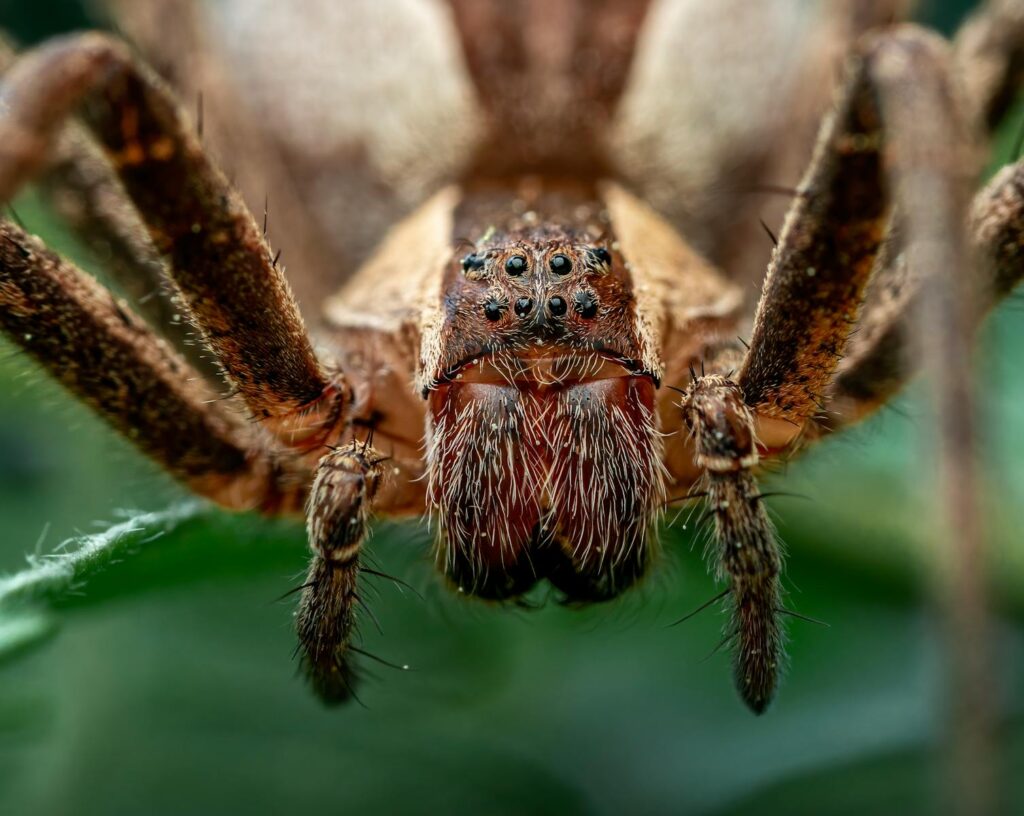
The Brazilian wandering spider (Phoneutria fera and related species) holds the Guinness World Record for most venomous spider and has been responsible for numerous severe envenomation cases. In 2007, a notable case involved a five-year-old girl in São Paulo who suffered a bite and developed severe neurological symptoms within minutes, requiring intensive care for several days before ultimately surviving thanks to rapid antivenom administration. These aggressive spiders don’t build webs but actively hunt prey, increasing their chances of human encounters, particularly in banana plantations where they often hide. Their venom contains a potent neurotoxin called PhTx3 that affects calcium channels in nerve cells, leading to intense pain, breathing problems, and in severe cases without treatment, death from respiratory paralysis. Perhaps most infamously, their venom can also cause painful priapism (prolonged erections) in male victims, a symptom that has ironically led to research on potential treatments for erectile dysfunction.
The Brown Recluse’s Flesh-Destroying Bite
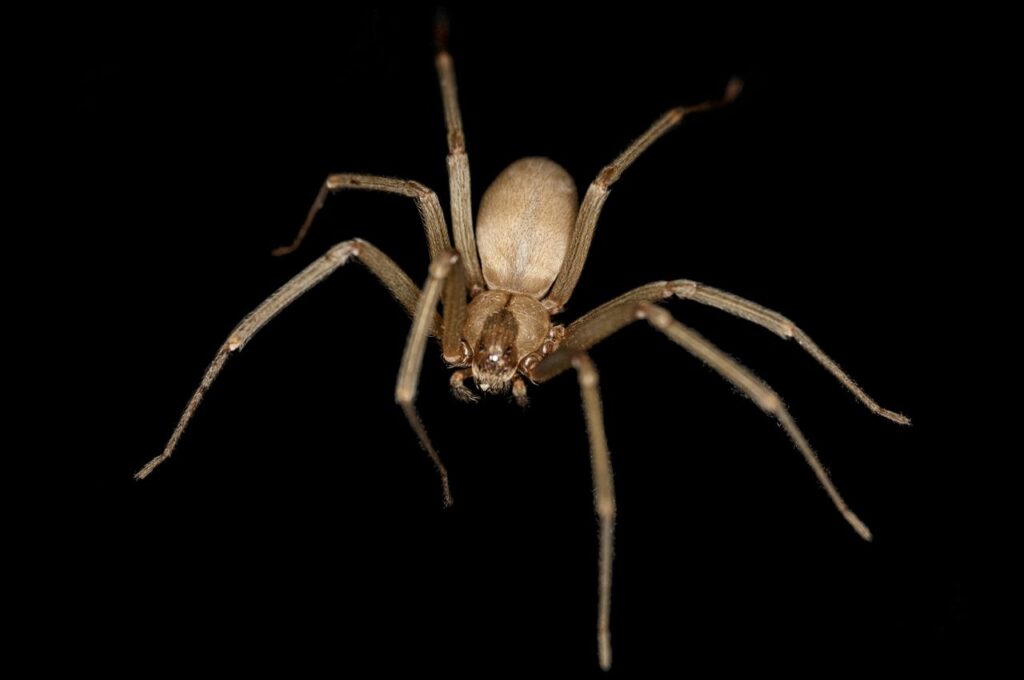
The brown recluse spider (Loxosceles reclusa) delivers one of the most medically significant bites in North America, with venom that can cause necrotic lesions and severe systemic effects. A landmark case occurred in 2014 when a 62-year-old Kansas woman died after suffering multiple brown recluse bites, developing severe hemolysis (destruction of red blood cells) that led to kidney failure and ultimately death despite intensive medical intervention. Unlike many dangerous spiders that produce neurotoxic venom, the brown recluse’s venom contains sphingomyelinase D, an enzyme that destroys cell membranes and causes tissue death in a process that can continue for weeks after the initial bite. The severity of bites varies tremendously between individuals, with factors such as the amount of venom injected, the victim’s age, overall health, and individual sensitivity all playing crucial roles in determining outcomes. Children, elderly individuals, and those with compromised immune systems face the highest risk of developing the most severe systemic reactions, known as visceral loxoscelism.
The Six-Eyed Sand Spider’s Rare But Devastating Potential

Although confirmed human fatalities are exceedingly rare, the six-eyed sand spider (Sicarius hahni) possesses one of the most potent venoms of any arachnid. One suspected case from 1949 in southern Africa documented a child who died within 5-7 hours after a presumed bite from this species, displaying hemorrhagic symptoms consistent with the spider’s known venom effects. Laboratory studies have shown that the venom is hemolytic and cytotoxic, causing blood vessels to leak and tissues to dissolve in a manner similar to brown recluse venom but potentially much more potent. The spider’s natural habitat in the deserts of southern Africa limits human encounters, as it typically buries itself in sand and remains motionless for ambush predation. The medical significance of this species remains somewhat mysterious due to the rarity of confirmed bites, making it one of the least understood but potentially most dangerous spiders in the world.
The Black Widow’s Notorious History
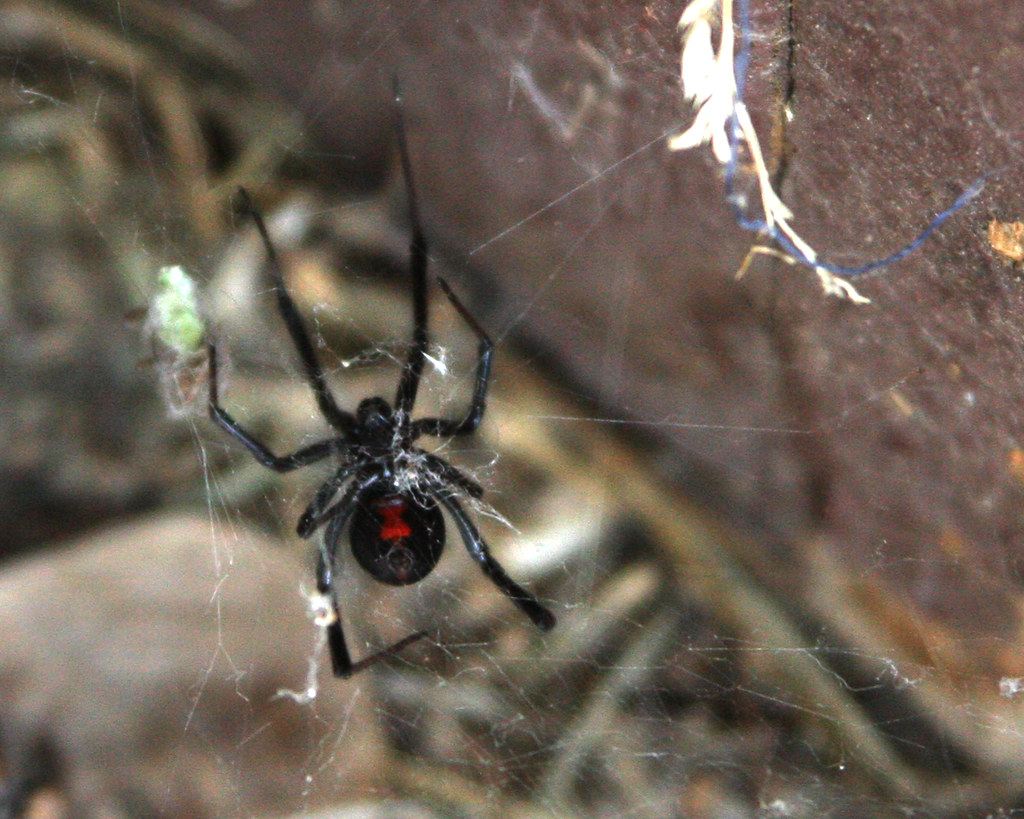
The black widow spider (Latrodectus species) has earned its ominous reputation through numerous severe envenomation cases throughout history. A particularly significant case occurred in 1933 when a 28-year-old California man died 22 hours after being bitten, despite medical intervention, becoming one of the most thoroughly documented fatal black widow cases in medical literature. Black widow venom contains alpha-latrotoxin, a powerful neurotoxin that triggers massive release of neurotransmitters, causing intense pain, muscle cramping, and in severe cases, respiratory failure. Before the development of effective antivenom and modern supportive care, mortality rates from confirmed black widow bites ranged from 4-5%, though today deaths are exceedingly rare with proper medical treatment. Historically, these spiders have been implicated in numerous deaths, particularly in rural areas where access to medical care was limited, making them one of the most significant spider threats to humans worldwide.
The Chilean Recluse’s Deadly South American Reach

The Chilean recluse spider (Loxosceles laeta) is considered the most dangerous member of the recluse family, responsible for numerous fatalities across South America. A particularly notable case series occurred in Peru in the 1990s, where researchers documented 13 fatal cases, with victims developing severe systemic symptoms including disseminated intravascular coagulation and acute kidney failure. Unlike its North American cousin, the Chilean recluse produces venom that appears more consistently potent across human victims, with a higher percentage of bites progressing to serious systemic effects. The spider has expanded its range through human activity and can now be found in several countries outside its native Chile, including parts of North America, creating emerging public health concerns in these regions. In severe cases, victims may develop cutaneous-visceral loxoscelism, with symptoms appearing 24-48 hours after the bite, including fever, hematuria (blood in urine), jaundice, and potentially fatal kidney damage if not treated promptly.
The Redback Spider’s Australian Toll
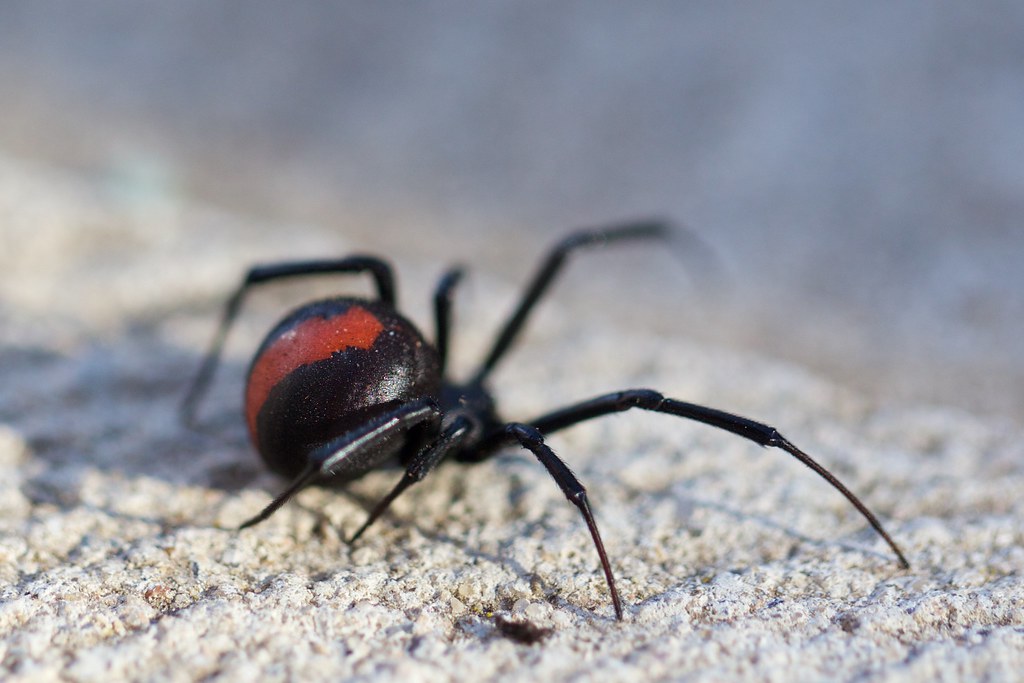
Australia’s redback spider (Latrodectus hasselti), a close relative of the black widow, has been responsible for numerous severe envenomation cases and several documented fatalities before antivenom became widely available. One of the most notable historical cases occurred in 1956 when a child in Queensland died after developing severe systemic symptoms from a confirmed redback bite, becoming one of the last documented fatalities before antivenom introduction the following year. The redback’s venom contains alpha-latrotoxin similar to the black widow, but with additional compounds that can make the pain particularly long-lasting, with some victims reporting symptoms persisting for weeks. Before antivenom development, Australia recorded approximately 14 deaths from redback bites, with children being particularly vulnerable to the systemic effects. A unique feature of redback bites is “latrodectism,” a syndrome characterized by local and radiating pain, sweating, hypertension, and in severe cases, autonomic nervous system dysfunction that can progress to life-threatening complications.
The Yellow Sac Spider’s Unexpected Danger

The yellow sac spider (Cheiracanthium species) represents a less-recognized but significant threat, with numerous documented severe bite cases worldwide. A notable case occurred in Japan in 2008, when a 65-year-old woman developed severe necrotic lesions after a confirmed yellow sac spider bite, requiring extensive surgical debridement and ultimately resulting in permanent scarring. Unlike more infamous spiders, yellow sac spiders don’t receive as much public attention, but their cytotoxic venom can cause significant tissue damage in some individuals. These small, pale spiders are commonly found in homes worldwide and are known for their aggressive nature, readily biting when disturbed or trapped against skin. Medical literature suggests that yellow sac spiders may be responsible for more bites than often recognized, with many cases potentially misdiagnosed as brown recluse bites in areas where both species exist.
The Violin Spider’s Mediterranean Menace
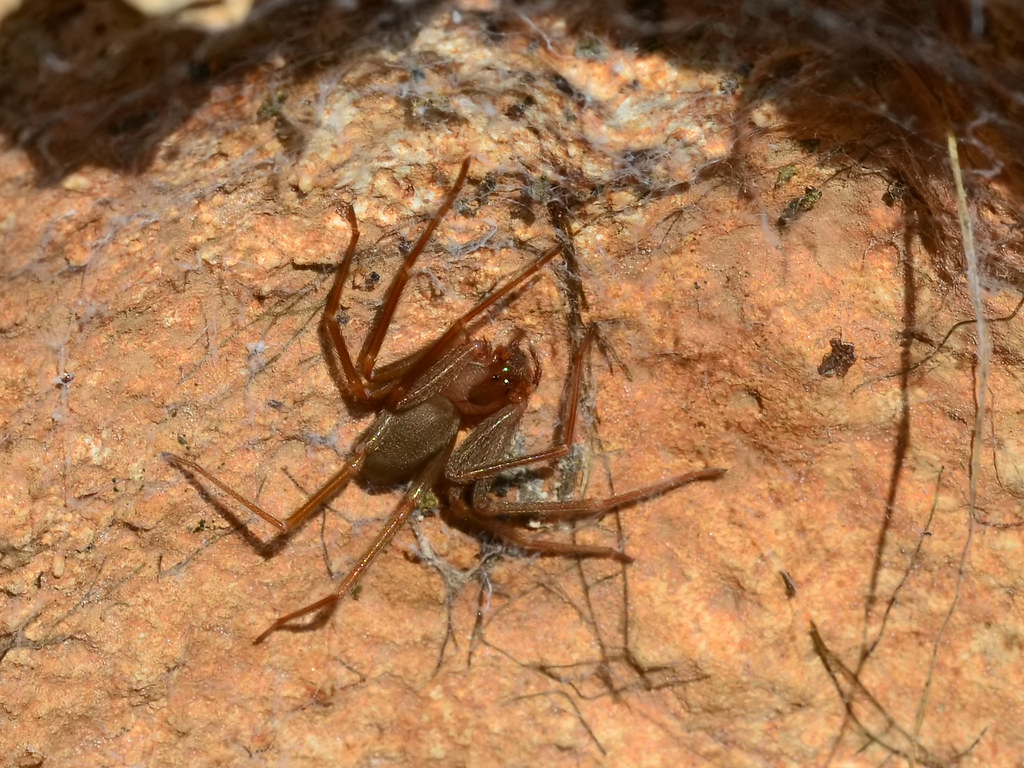
The Mediterranean violin spider (Loxosceles rufescens) presents a significant health risk across southern Europe, North Africa, and parts of the Middle East. A severe case series documented in 2016 in Algeria included two fatalities among 14 confirmed bites, with victims developing systemic loxoscelism leading to kidney failure and death despite medical intervention. Like other Loxosceles species, this spider’s venom contains sphingomyelinase D, capable of causing severe necrotic lesions and, in approximately 10% of cases, systemic effects that can be life-threatening. This species has expanded its range through global commerce and can now be found in many regions outside its native Mediterranean habitat, including parts of the United States. Medical management is complicated by the fact that bites often go unnoticed initially, with patients seeking treatment only after significant necrosis has begun to develop, sometimes days after the actual envenomation.
The Wolf Spider’s Misunderstood Reputation
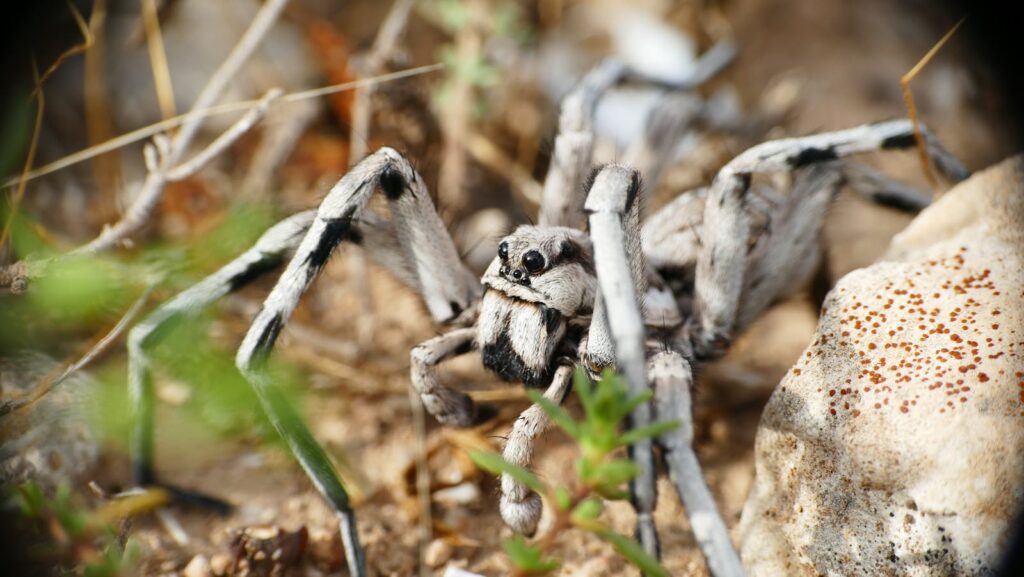
While wolf spiders (family Lycosidae) are often feared due to their imposing appearance, severe envenomation cases are rare but have been documented. One significant case occurred in Australia in 2012, when a 37-year-old man developed severe local tissue damage and required surgery after a confirmed bite from a large wolf spider, challenging the common belief that these spiders are medically insignificant. Most wolf spider species possess venom designed to subdue small prey, not to defend against humans, but larger species can deliver bites capable of causing notable pain, swelling, and in rare cases, necrotic lesions. Their aggressive hunting behavior and large size contribute to frequent human encounters, though the vast majority of bites result only in localized pain and minor swelling. Medical literature suggests that some historically attributed wolf spider bites causing severe symptoms may have actually been misidentifications of more dangerous species, contributing to confusion about their medical significance.
The Hobo Spider Controversy

The hobo spider (Eratigena agrestis) has been the subject of significant medical controversy regarding the potential severity of its bite. A notable case series from the Pacific Northwest in the 1980s implicated hobo spiders in several necrotic lesion cases, including one particularly severe case where a 45-year-old woman reportedly developed extensive tissue damage requiring skin grafting. However, subsequent research has called into question whether hobo spiders actually produce necrotic lesions, with more recent studies suggesting their venom may be less medically significant than originally believed. The spider was introduced to the Northwestern United States from Europe in the 1930s and has often been referred to as the “aggressive house spider,” though this name comes from a misinterpretation of its scientific name rather than its behavior. The CDC and other health authorities have removed the hobo spider from their lists of spiders of medical concern in recent years, reflecting the evolving understanding of its actual risk to humans.
Modern Advances in Spider Bite Treatment

The development of specific antivenoms has dramatically reduced mortality from venomous spider bites worldwide over the past century. Australia’s Commonwealth Serum Laboratories created the first effective funnel-web spider antivenom in 1981, and since its introduction, there have been zero fatalities despite numerous severe envenomation cases. Advanced supportive care techniques, including mechanical ventilation for respiratory compromise and dialysis for kidney failure resulting from cytotoxic venoms, have further improved survival rates for severe cases. Improved diagnostic techniques, including ELISA tests that can detect specific venom components in wound samples, have helped physicians confirm spider species identity in uncertain cases, leading to more appropriate treatment protocols. Perhaps most importantly, greater public and medical awareness of dangerous spider species and early warning signs of severe envenomation have contributed to faster treatment seeking, which significantly improves outcomes in potentially lethal cases.
The Psychological Impact of Severe Spider Bite Cases

Beyond physical trauma, survivors of severe spider bites often experience significant psychological effects, including development of specific phobias and post-traumatic stress. A case study from Brazil documented a 23-year-old woman who developed clinical arachnophobia and panic disorder following a severe Brazilian wandering spider envenomation that required intensive care hospitalization. For patients who experience necrotic wounds requiring extensive debridement or amputation, body image issues and depression commonly occur during the recovery period and may require psychological intervention. Some survivors of life-threatening spider bites report long-term hypervigilance around potential spider habitats, significantly impacting their daily lives and ability to engage in outdoor activities. Medical centers specializing in venomous bites have increasingly incorporated psychological support into their standard treatment protocols, recognizing that the mental health impacts can sometimes outlast the physical effects of envenomation.
Global Distribution of Fatal Spider Bite Risks
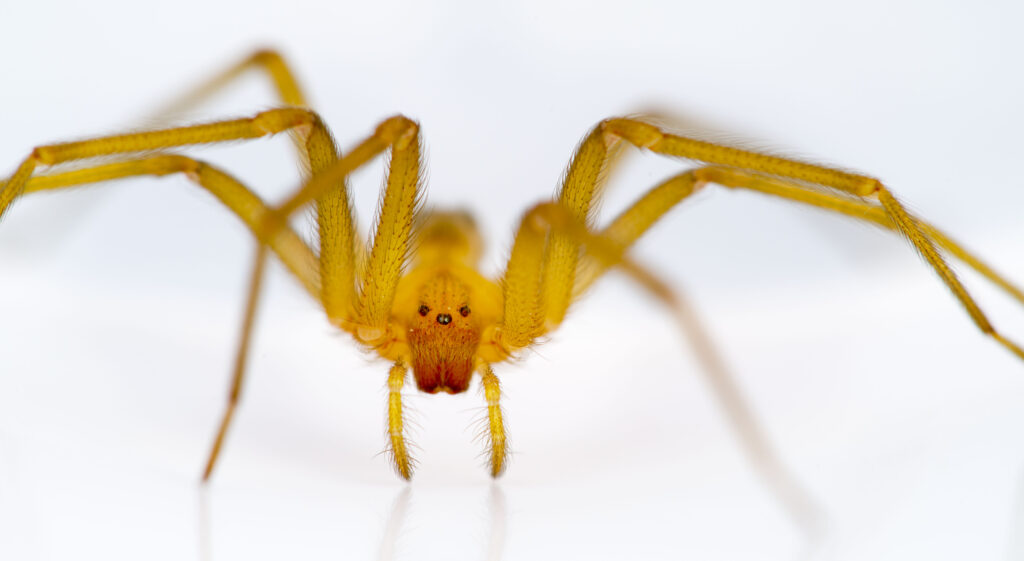
The risk of fatal spider bites is not evenly distributed globally, with certain regions facing significantly higher threats from medically significant species. Australia’s eastern seaboard represents a hotspot for dangerous spider encounters, with both funnel-web and redback spiders responsible for numerous severe envenomations annually, though fatalities are now extremely rare due to antivenom availability. South America, particularly Brazil, contends with multiple dangerous species, including the Brazilian wandering spider and several Loxosceles species, creating a complex spider bite management challenge for healthcare systems. North America faces more limited but still significant risks, primarily from black widows in most regions and brown recluse spiders in the central and southern United States. Climate change and increased global travel have begun altering traditional distribution patterns of medically significant spiders, with species like the brown widow (Latrodectus geometricus) expanding into new territories and potentially creating emerging public health challenges in previously unaffected regions.
Prevention Strategies and Public Education

Education about spider identification and habitat preferences remains the most effective prevention strategy against serious envenomation cases worldwide. Simple preventive measures like shaking out shoes and clothing before wearing them, wearing gloves when handling stored items or working in sheds, and sealing home entry points can dramatically reduce bite risk from synanthropic (human-associated) species like widow and recluse spiders. In agricultural settings, particularly banana plantations where Brazilian wandering spiders may hide, worker training programs have successfully reduced occupational bite incidents through implementation of specific handling protocols and protective equipment. Community-wide education campaigns in high-risk areas have proven effective, with Australia’s public awareness programs about funnel-web spiders often cited as a model approach that combines respect for the species with practical safety information. International travel medicine now routinely includes spider bite risk information for travelers to regions with medically significant species, contributing to global prevention efforts.
Conclusion: Maintaining Perspective on Spider Bite Risks
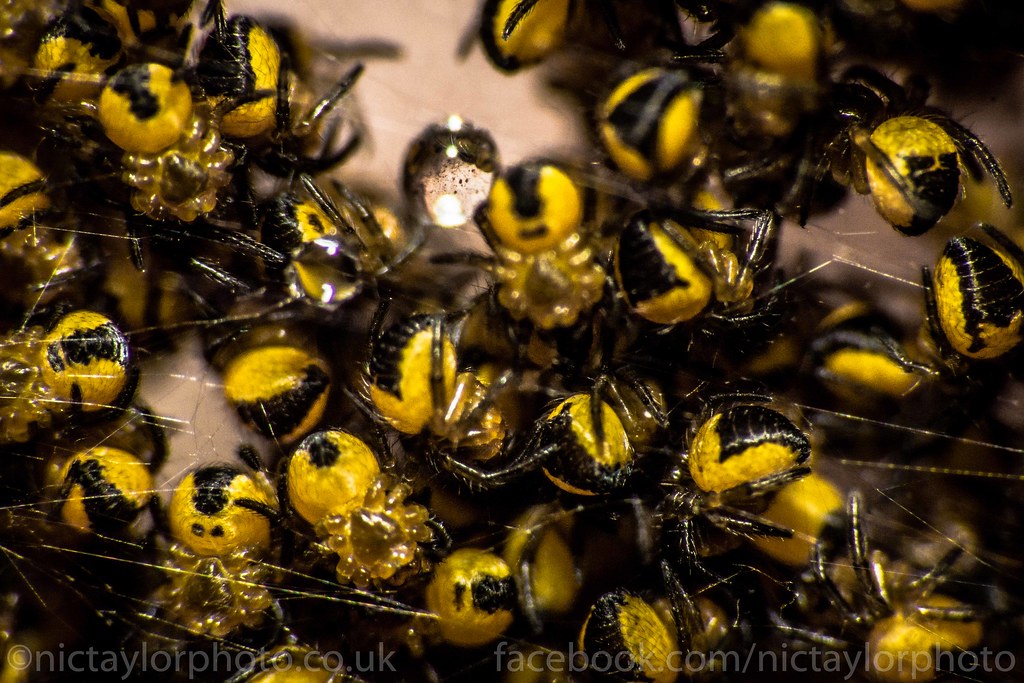
While this article has focused on the most severe spider bite cases ever recorded, it’s important to maintain perspective on the actual risks posed by spiders. Globally, annual deaths from spider bites are extremely rare, especially compared to other arthropods like mosquitoes, which kill hundreds of thousands through disease transmission. The vast majority of the world’s approximately 50,000 described spider species pose absolutely no threat to humans, with only about 25 species worldwide considered medically significant. Modern medical care, including specific antivenoms and advanced supportive treatments, has transformed previously deadly envenomations into survivable events in most cases where prompt medical attention is received. Spider conservation remains important despite the potential dangers of certain species, as these predators play crucial ecological roles in controlling insect populations. By understanding the genuine risks while appreciating the rarity of severe outcomes, we can develop a more balanced relationship with these fascinating but occasionally dangerous arachnids.

